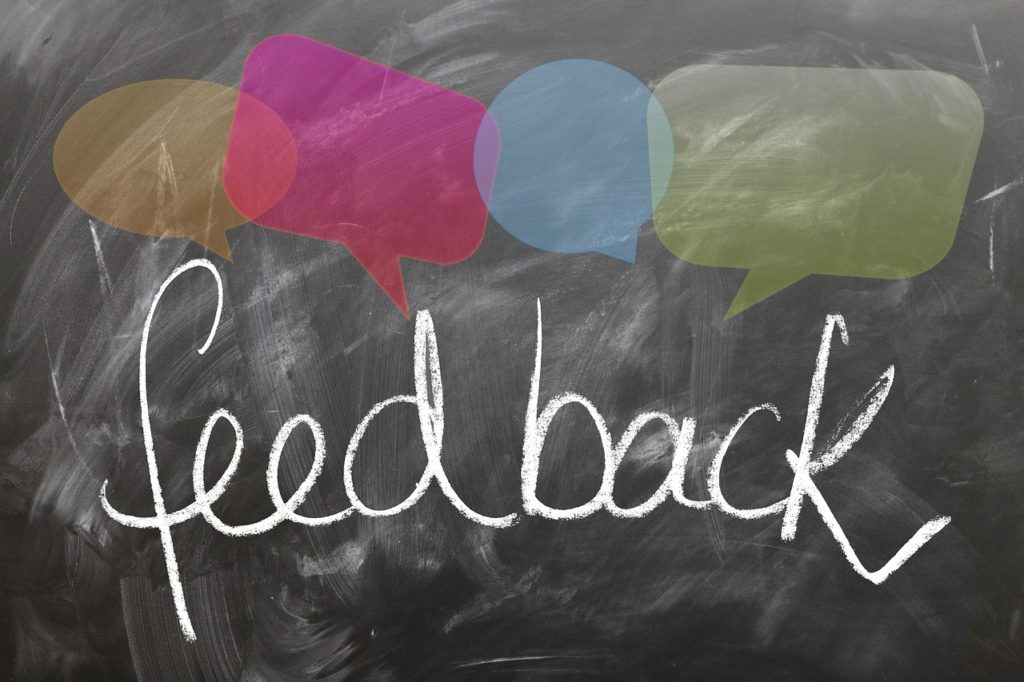This Week’s Insights: How the internet killed a popular restaurant… Why YouTube videos are getting longer… How social media feedback has ruined feedback… How crowdfunding new bathrooms builds audience.
- When Popularity Becomes Fatal: Everyone likes attention – and customers. But the internet can convey attention at astonishing scale. It’s one thing when that attention crashes your servers. It’s quite another when you’re running a small burger joint, and you’re flooded with so many customers that you can’t possibly keep up. Here’s the cautionary tale of a website that crowned a burger place in Portland, Oregon as having the best burger in America: “Apparently, after my story came out, crowds of people started coming in the restaurant, people in from out of town, or from the suburbs, basically just non-regulars. And as the lines started to build up, his employees — who were mainly family members — got stressed out, and the stress would cause them to not be as friendly as they should be, or to shout out crazy long wait times for burgers in an attempt to maybe convince people to leave, and as this started happening, things fell by the wayside.” Fairly quickly the place was overwhelmed and went out of business.
- Why YouTube Videos Are Getting Longer: We’re the short-attention-span culture, right? And everyone knows audiences are easily distracted and won’t read longer stories or watch longer videos. Wrong! Long reads are popular, and YouTube videos are getting longer. Not so long ago, YouTube videos resembled long-form Vines more than anything approaching a 22-minute sitcom. But as more people watch video via mobile, the lines between highly produced television show and a rough YouTube vlog have blurred. These days smartphone users spend a whopping 54 percent of their video-viewing time on videos over 20 minutes long—that’s up from just 29 percent in the beginning of 2016.
- Fascinating: Why Social Media Feedback Makes Things Worse: Positive ratings are a kind of holy grail on sites like Yelp and TripAdvisor, and negative reviews can sink a burgeoning small business or mom-and-pop restaurant. That shift has created a misunderstanding about how feedback works. The original structure of the loop’s information regulation has been lost. Today’s feedback loops amplify polarized extremism and often are not helpful in making a business or service better.
- Crowdfunding As Audience-Building: Want to draw your audience closer? Ask them to participate or help you. Makes sense right? People who choose to invest their time or resources in you will be more invested in your success. The latest example is from the Old Vic Theatre in London, where the audience has been asked to contribute to build new women’s washrooms. The £100,000 public fundraising campaign to double the number of ladies’ loos in the building is fronted by a video featuring actresses Joanna Lumley, Bertie Carvel, and a ferocious-looking Glenda Jackson reading tweets from audience members on the subject.


Leave a Reply